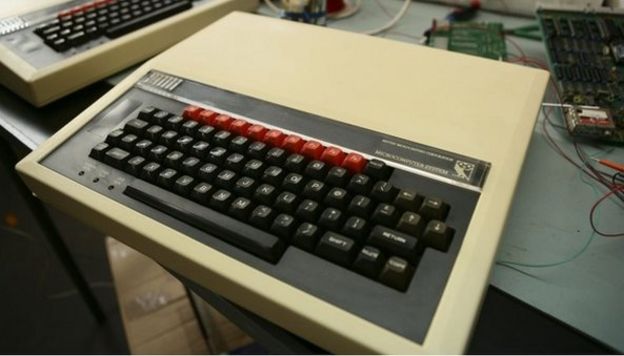DiDIY contribution to ebook on Women Empowerment in STEM

WARNING: this page is part of a full, STATIC copy of the official website of the DiDIY Project, that ended in June 2017. Please read the note attached to the File Index to know more.

University of Texas spirit: a 3D-printed cryptex in true Longhorn style. CC BY-ND


The DiDIY (Digital DIY) Project studies the nature of the DiDIY phenomenon and its long-term impacts on all sectors and levels of society, from education to work, creativity and ethics. The hypotheses in the initial proposal for the DiDIY Project include the expectation that:

Febryary 3rd, 2016, that is the day before our first 2016 Project Meeting was a very busy day. We had four different meetings with different groups and organizations who, for one reason or another, may have some interest in greater diffusion of Digital DIY.
This project was conducted in two schools by the P2P Lab (a research hub focusing on open source technology and the commons) in the city of Ioannina, Greece. Students experimented with 3D design and created objects with features that would enable blind people to use them. Then using an open source 3D printer the odjects were manufactured. The designs were also made available under creative commons licenses.
Links to the blog of the project and the relevant academic article may be found on the website of the P2P Lab.

In this blog post, we’d like to show our preliminary reflections on the opportunity provided by the analysis of the current trend of digital fabrication-based DIY – or simply of digital DIY – for a better understanding of the acquisition and development of key competences for the next century citizens and workers.

Many believe that participating in a European project is a dull and tiresome experience. To the contrary, a European project such as DiDIY is a very rare and stimulating occasion to see a revolution unfolding before the eyes of researchers, who have the opportunity to witness, and share with you, how DiDIY is reshaping education in real life, involving teachers, students, parents, and school principals, their needs, hopes, failures and aspirations.

35 years ago I bought a BBC micro computer. It was big and clunky and did not have many games, but it had a structured programming language (BBC Basic), and lots of ports and I knew I wanted it. Although I had dabbled with programming before it was then that my programming ability really took off.

Interesting results were presented in the two deliverables, that were submitted yesterday (June 30): D4.1, “Definition of the research space and agents” and D4.2 “Complementing background knowledge”.